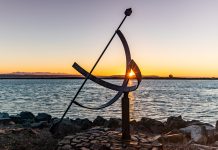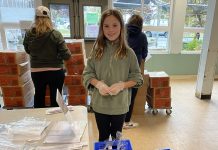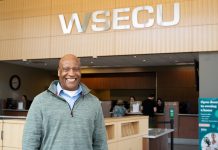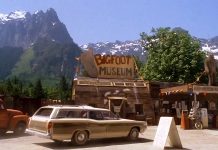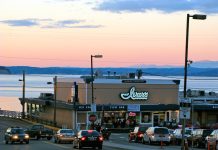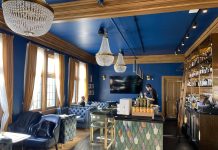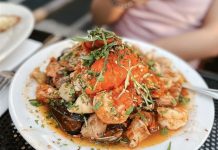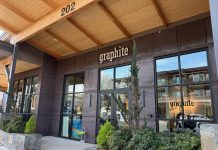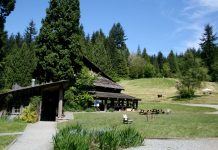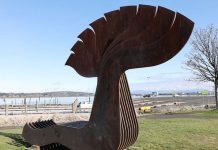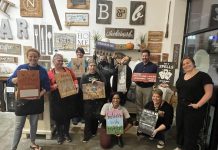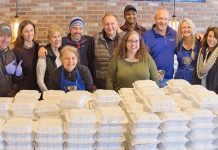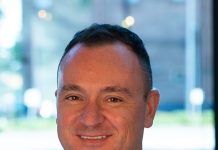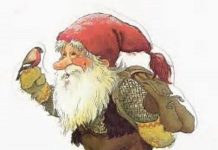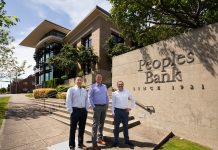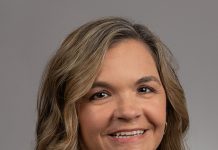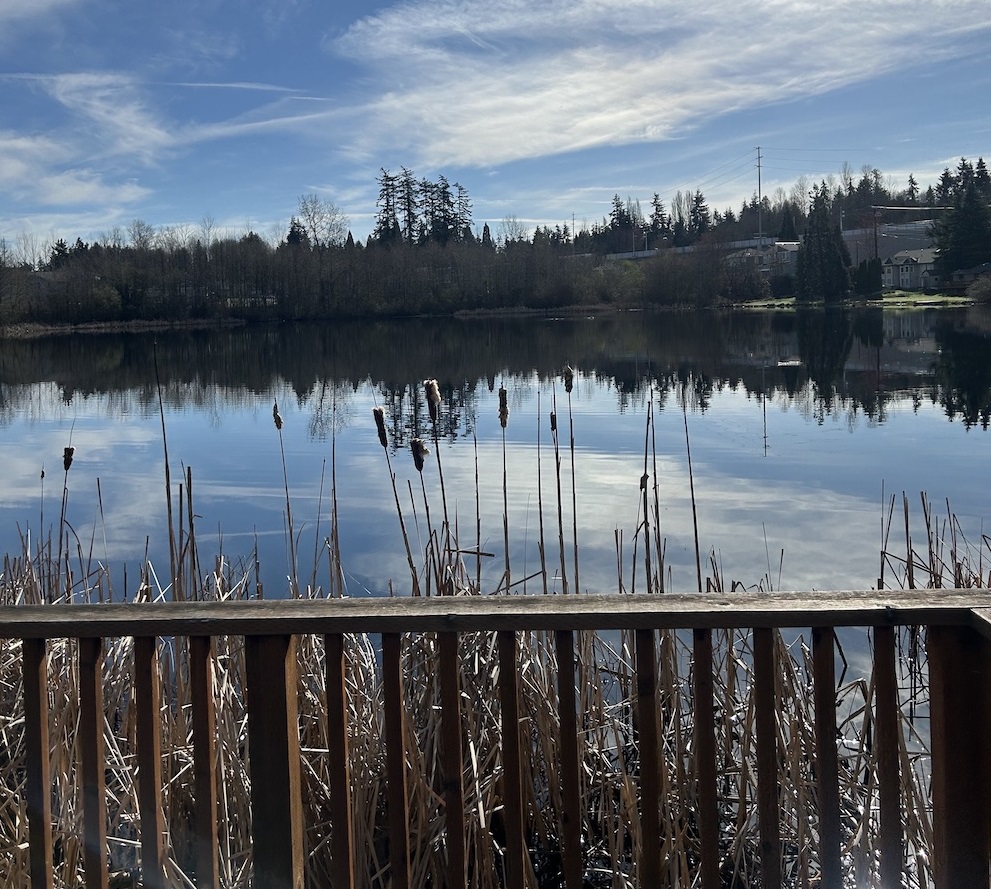Golden Damron, Surface Water Technician for Public Works at the City of Lynnwood, lists some of the many animals that call Hall Lake home, “We have otters, beavers, herons… there’s a pair of eagles that fly over here regularly. And our resident osprey just came back…”
With crisp, clean water in front of us and a lush wetland on the opposite shore, it’s easy to see why the animals are in abundance. But there’s a larger story happening at the Lynnwood Fish Hatchery and Environmental Education Center, a place that caters to school kids, retirees, and everyone in between. And it all starts right here, with this remarkable aquatic ecosystem.
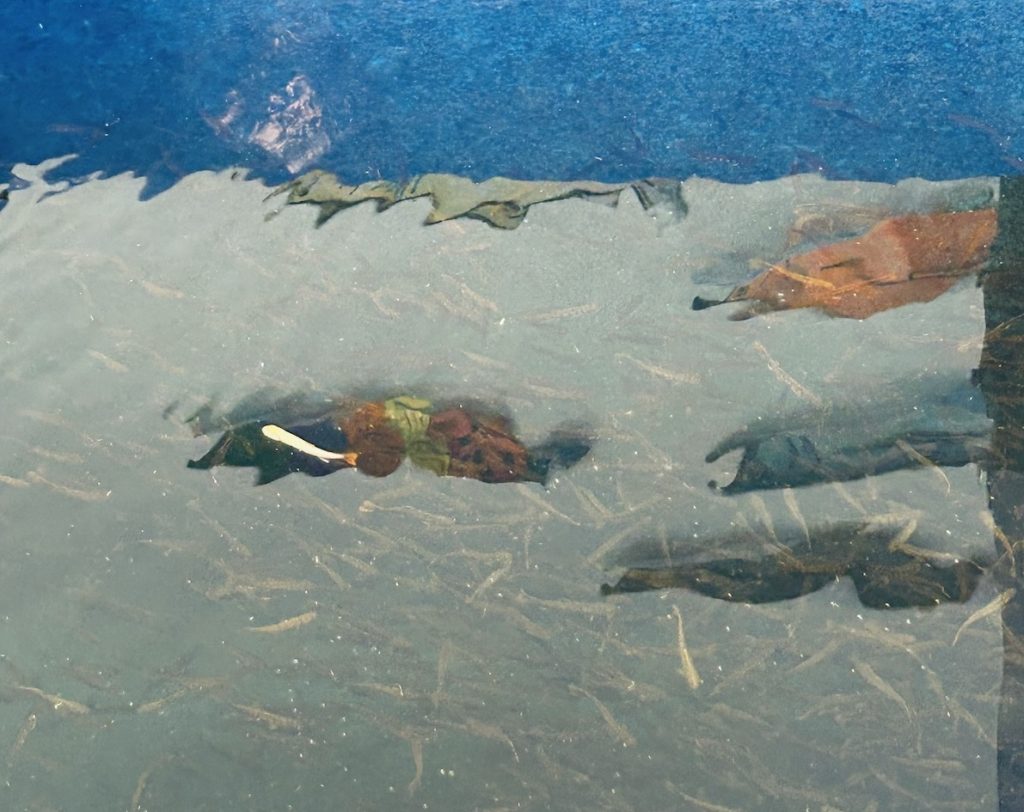
The Life Of A Lake
The unique environment of the lake comes from a blend of ancient geology and more modern human development. It was formed by glacial runoff (a phenomenon known as a “kettle lake”), and it has been a fixture in every community – animal, plant, and human – that has ever lived here.
The first official, permanent homestead was established by Riley Hall in 1885, and over the years, more land and houses sprang up along its shores. To this day, it remains something of an exclusive space, a beautiful backyard for lucky residents.
In 2015, the City of Lynnwood purchased a little parcel of land in hopes of being able to regularly test the water quality. However, it wasn’t long before a neighbor approached them with an idea for a partnership that is still evolving to this day.
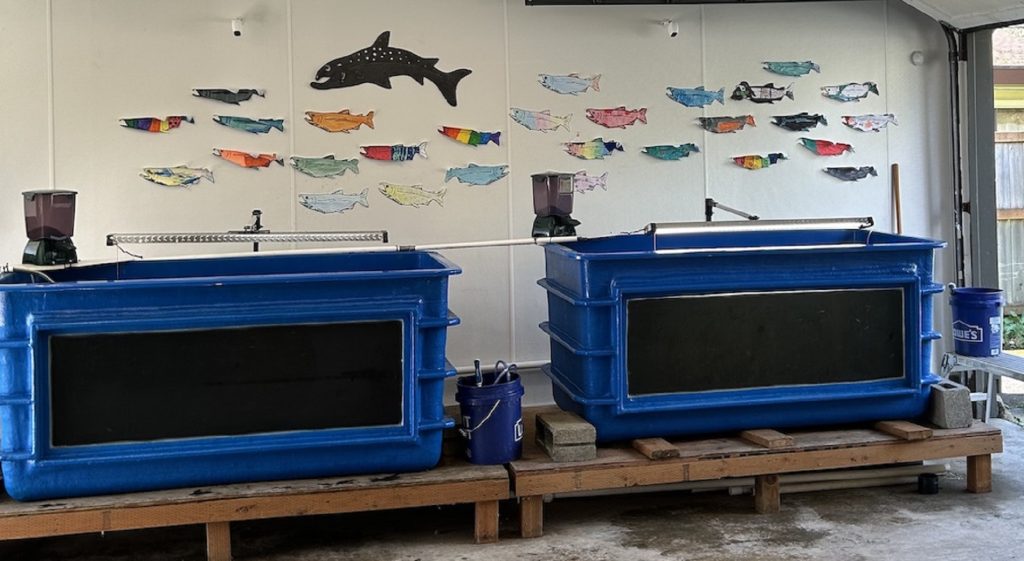
The Birth Of The Lynnwood Fish Hatchery and Environmental Education Center
For years, Bruce Lawson had been raising coho salmon and turning them loose in the lake. Shortly after the city purchased their piece of lakefront land, Lawson encouraged the city to form a partnership: his fish, their expertise. Every year, 30,000 coho are released into the lake, the results of a fascinating hatching program that connects to ecosystems all over the region.
The process starts inside the facility’s two tanks, where the fertilized eggs are dropped off from the Issaquah Hatchery. They spend the winter incubating and hatching and, in the early spring, as small fry, fed twice daily and carefully monitored. April is when the action really picks up.
That’s when the school groups arrive, a combination of classes in the midst of some excellent experiential learning. After a short presentation on the fish and their life cycles, the kids proceed to the water, where they help release the salmon into their new home. The young fish can reap all the benefits of clean, protected water and its abundant insect supply, fueling up for a winding migration route through Hall Creek, Lake Ballinger and McAleer Creek before cutting through Seattle via Lake Washington and Lake Union and ending all the way out to the Puget Sound.
Seeing this life cycle in action would be pretty impressive in its own right, but the center also has a broader focus on environmental education, one that always keeps the community at the forefront.
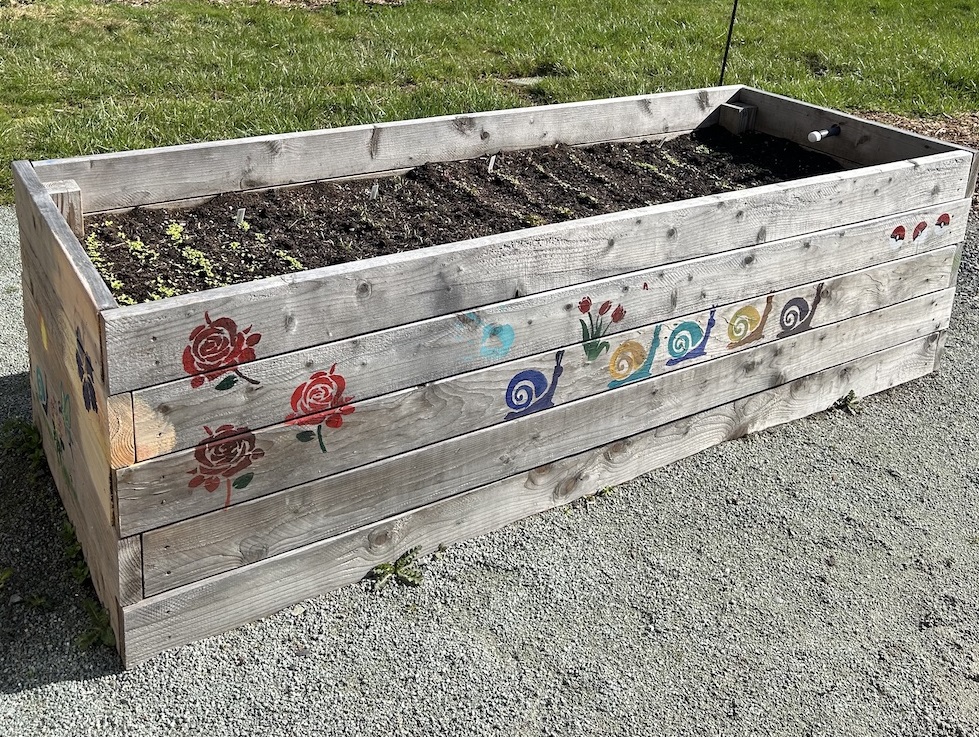
Plants, Barrels, and More
Filled with stones and looking for all the world like a wild patch of land, the center’s rain garden is designed to collect runoff stormwater to help nurture plants. It’s also part of a growing public interest in environmentally friendly home and yard care; the City of Lynnwood Rain Garden program, which facilitates garden installation for homes and businesses, has a perpetual waitlist. “A lot of people want to be active in this kind of thing,” Damron said.
There are also plenty of workshops focusing on other aspects of yard care, which make wonderful use of the garden beds on the property. The smell of fresh soil and the sight of small but intrepid buds – vegetables, pollinator plants, and some flowers – give hints of the fertile spring to come.
While the programs are designed to move in accordance with the seasons, the primary focus is on the relationship between ecosystems, particularly stormwater management and watershed education. With collaborations with such groups as the Snohomish Conservation District and the urban farming organization Growing Roots Together, there are always new classes and resources to explore.
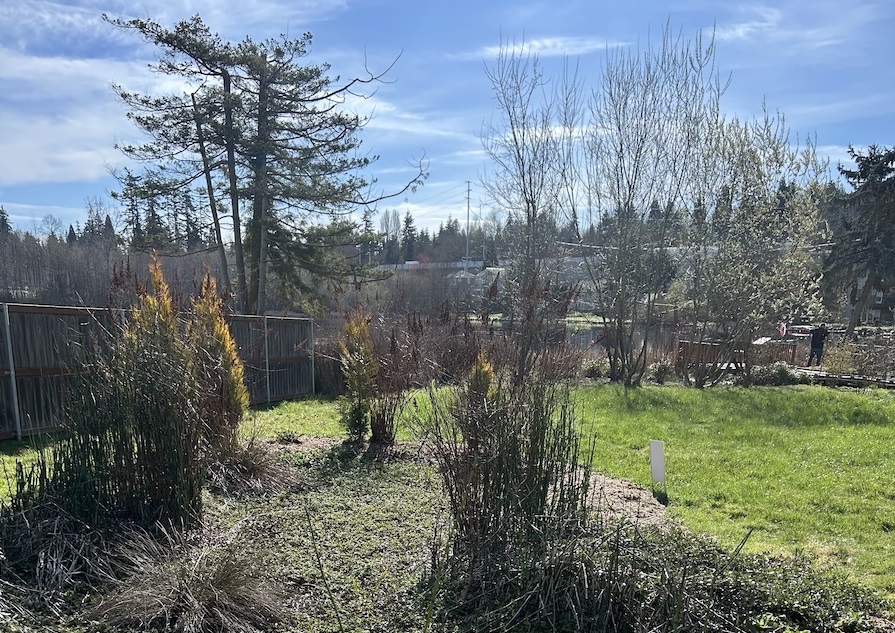
Learning For All Ages At The Lynnwood Fish Hatchery and Environmental Education Center
In all of its endeavors, the center’s focus is on bringing people together to explore what Damron calls “the urban-environmental boundary” that makes the area around Lynnwood so unique. Damron cited a common field trip model as a perfect example: educators from the environmental education organization (and longtime programming partner) Nature Vision lead children along the nearby Interurban Trail to learn about invasive plants and native species, then walk straight over to the education center to find out about the fish.
Visitors from every background can always come here to engage with the natural world, taking time to discover the nuances of maintaining a pollinator garden, the delicate relationship between water and soil, or the joy of some casual birdwatching. As Damron aptly puts it, “All you have to do is go outside.”
The Lynwood Fish Hatchery and Environmental Education Center is continually developing new programming, and they also offer tours to any interested visitors. To schedule a visit, email Environmental@LynnwoodWA.gov, and to find out about the upcoming workshops, check out their website. Be ready to get your hands dirty and learn something new!


